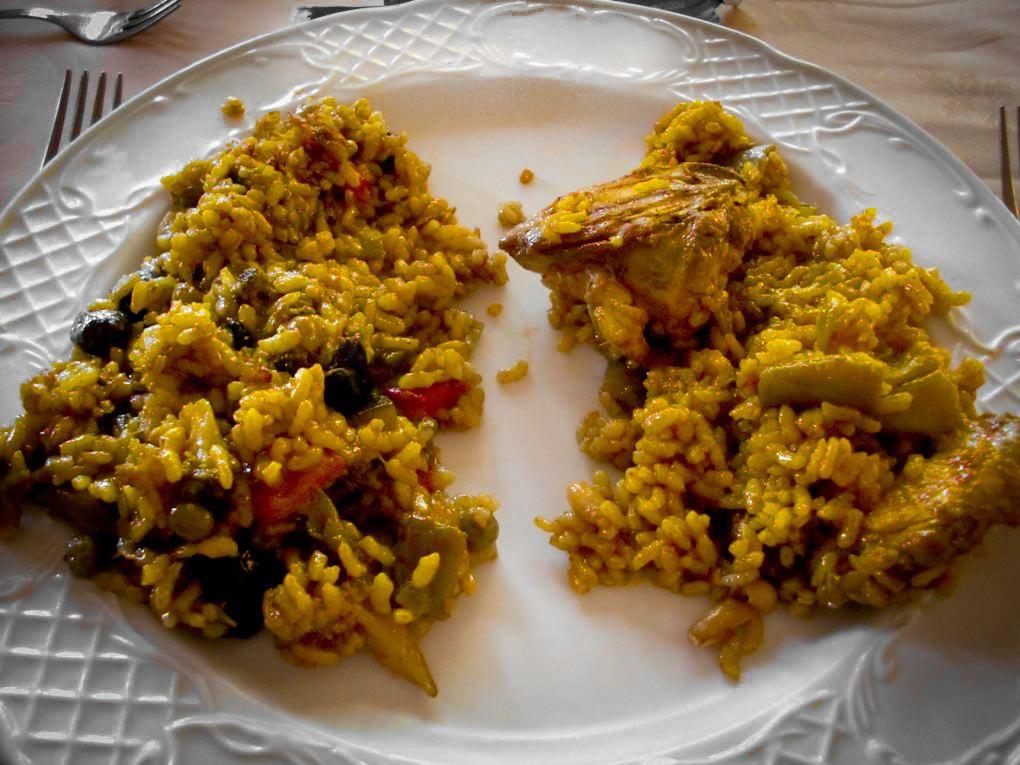
You cannot separate paella from Valencia, Spain where it originated in the 18th century. This dish and the round flat pan it’s cooked in by the same name, was made possible by the introduction of special short grain rices from Africa. Brought along with the Moors who conquered much of the Iberian peninsula during the 15th century, the hot, dry climate of Valencia proved to be an ideal place to cultivate the rice. And paella is all about the rice – which splits short way when heated – not on the ends like other rices, which allows it to absorb much more flavor from whatever it’s cooked with.
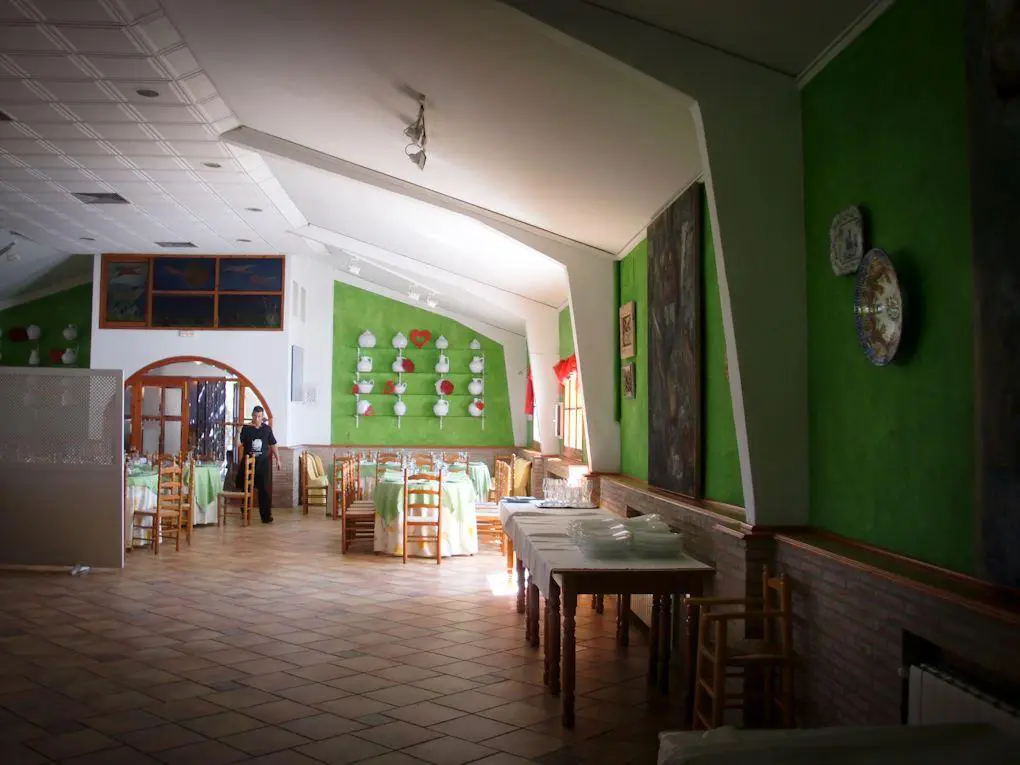
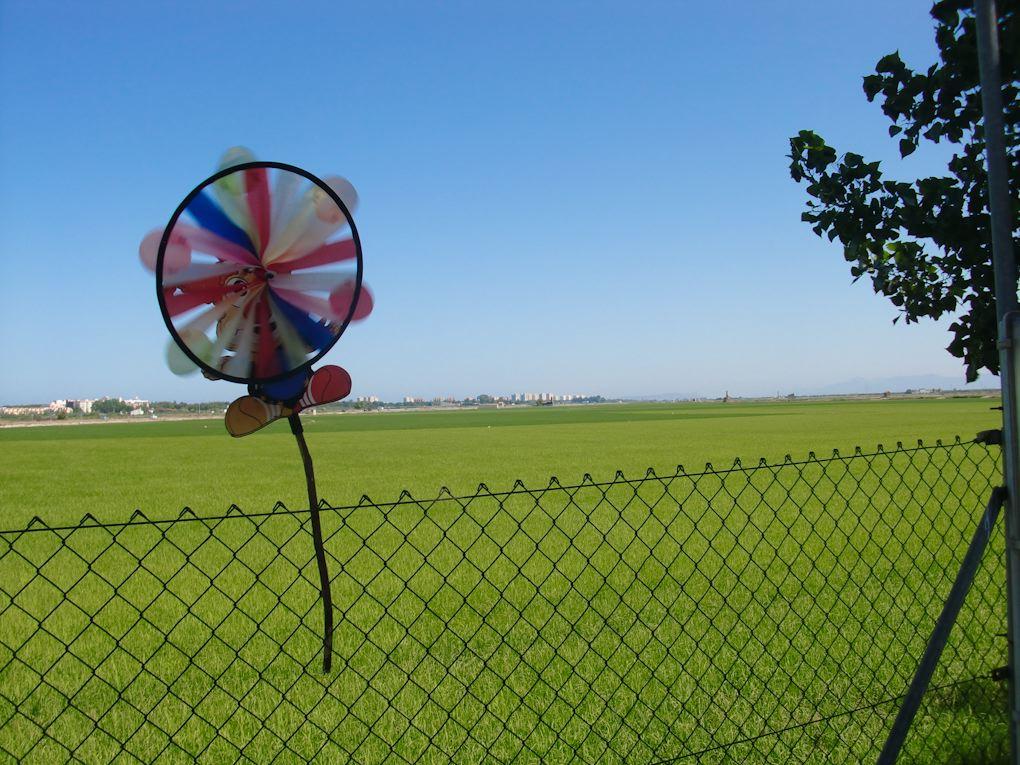 The original paella dishes were often made with rat as other meats were hard to come by but has since evolved into three major branches. Above is an example of the Valencia variety; the major ingredients being rice mixed with beans, tomatoes, duck, snails, olive oil and the essential saffron. (Here’s a full recipe.) All cooked over an open fire in the flat paella pans which vary in size but run about 75 centimeters across. There are countless ways to prepare paella, several of which I tried at La Matandeta in El Saler, just south of Valencia.
The original paella dishes were often made with rat as other meats were hard to come by but has since evolved into three major branches. Above is an example of the Valencia variety; the major ingredients being rice mixed with beans, tomatoes, duck, snails, olive oil and the essential saffron. (Here’s a full recipe.) All cooked over an open fire in the flat paella pans which vary in size but run about 75 centimeters across. There are countless ways to prepare paella, several of which I tried at La Matandeta in El Saler, just south of Valencia.
La Matandeta feels more like a giant summer house than a restaurant, a place so beautiful and calming at first sight you don’t want to leave. Seven courses and several bottles of wine later I almost couldn’t leave, I was so full.
Content to eat away into insulin bliss I was able to recover with a cafe con hielo overlooking the rice (yes, paella rice) fields from La Matandeta’s terrace. Not something often ordered by tourists I’m told, cafe con hielo is basically espresso served with another glass containing an ice cube. Pour unfiltered coffee over ice and you get a refreshing caffeinated shot on a hot Valencian summer day.
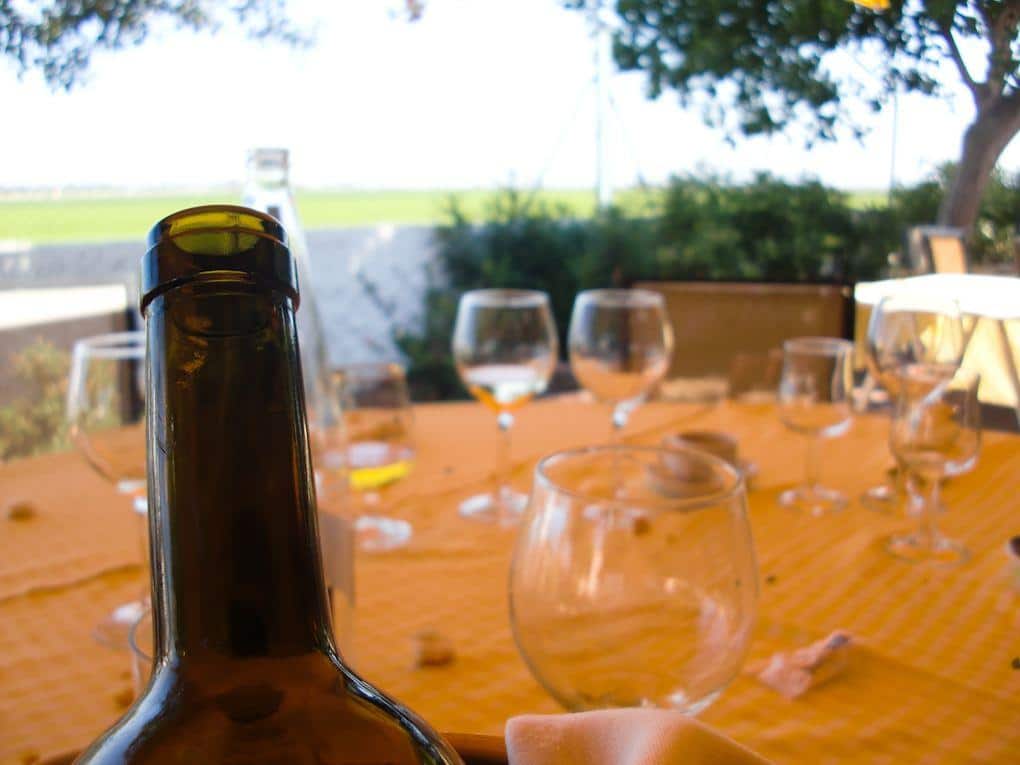
There are a few paella faux pas I was clued into on my trip provided by Tour Spain and Valencia Tourism – first off being that paella is a lunch thing, generally never eaten for dinner. A late lunch I should mention, as in Spain, lunch gets rolling around 2pm and isn’t designed for brevity. Lastly, remember cooking paella takes time and the in the best places you won’t see it within 30 minutes of ordering.
You can see more food and the rest of Valencia in my album here.



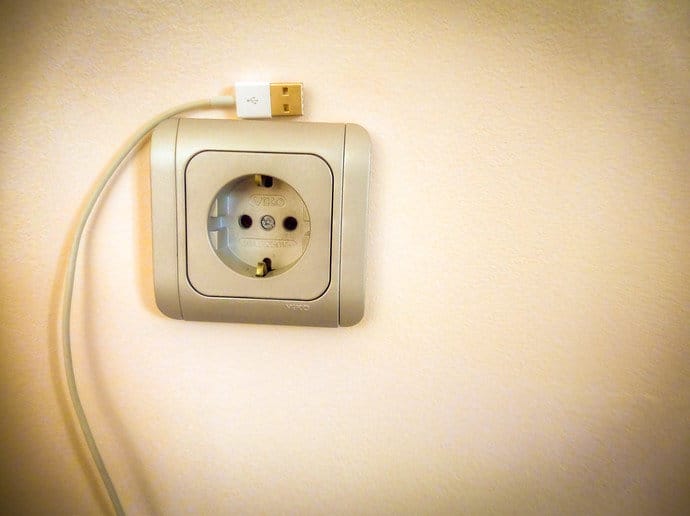








Love this! Although I was angrily told by a Canarian that eating paella was only for mainlanders, I love it, and Valencia does have the best! Marvelous pictures – they really make me hungry!
Thanks Linda, I too came up on some active debates about all things paella; love the passion behind the food 🙂
Wonder why the Canarian felt that way?
I like the sound of the cafe con hielo – Mention anything with coffee and I’m there! Also the paella looks delicious. Like the Italians, the Spanish really know how to do food! 🙂
I thought it might be a bit of coffee heresy but the cafe con hielo was really nice actually. And completely agree, the Italians and Spaniards know how to cook…and eat! I love the variety with each meal 🙂
That paella looks amazing. It’s sooo long since we’ve had some. Not too sure about that iced coffee though. 😉
Julia
It scared me at first too; might be the kind of drink for only over 30C 🙂
Ah, Spain! I love that country. It’s slow and easy life, the charm of the people, the gorgeous whitewashed towns, the blue, blue Mediterranean, and the paella – though as a vegetarian the only kind I can try is the seafood.
Lots of seafood options in the Valencia region fortunately 🙂 There is one seafood stew I can’t stop thinking about…!
Barbara – I once had a wonderful vegetarian one from Valencia. Possibly, in fact, the best I’ve ever had!
Hi, how did you get to La Matadena, I am consiering but saw that its not a cheap drive from Valencia. I won’t hav a car.
I was attending on a press/blog trip so had the arrangements to get out there made for me. I can though ask around for you…hope to have a response here soon.
Hello,
You can get a taxi from Valencia. It will cost you about 10-15 euros
But it is worthy to go not only for the paella, but also the landscape.
Enjoy
Thanks so much for the info Joantxa!
i always thought paella was a spanish thing. no idea it came from african rices. i think it’s cool that the restaurant had paella rice fields right outside. hey, would you eat rat paella? i somehow think it’d still be delicious.
The dish is completely Spanish but not the origins of the rice 😉
Rat paella? I would most certainly try it and was asking around to see if anyone still makes it…no luck on that one, though maybe I shouldn’t be surprised!
Hello,
Keep in mind that the rat paella used to be done with those huge rats from the paddy fields. They looked like rabits. That animal, has nothing to do with the regular urban rats.
Thanks God 😉
Thankfully 🙂 Yes, water voles is more accurate – curious if they still make paella with them at all now?
Yummmmmmm! I think I ate paella every single day when I was in Spain in April. While I never went to Valencia, the paella in Granada and Madrid was so good! I can’t wait to go back, if only to eat some more. Thanks for the great, informative sight!
Try and make it to Valencia next time, ground zero for paella 🙂